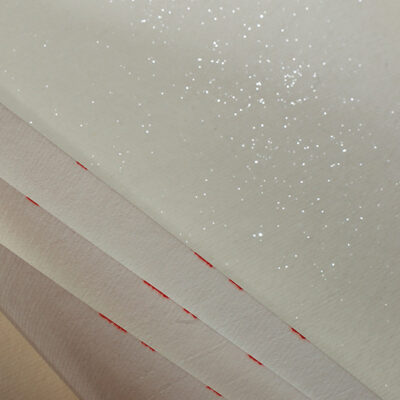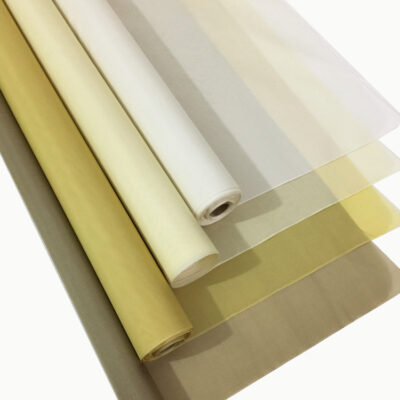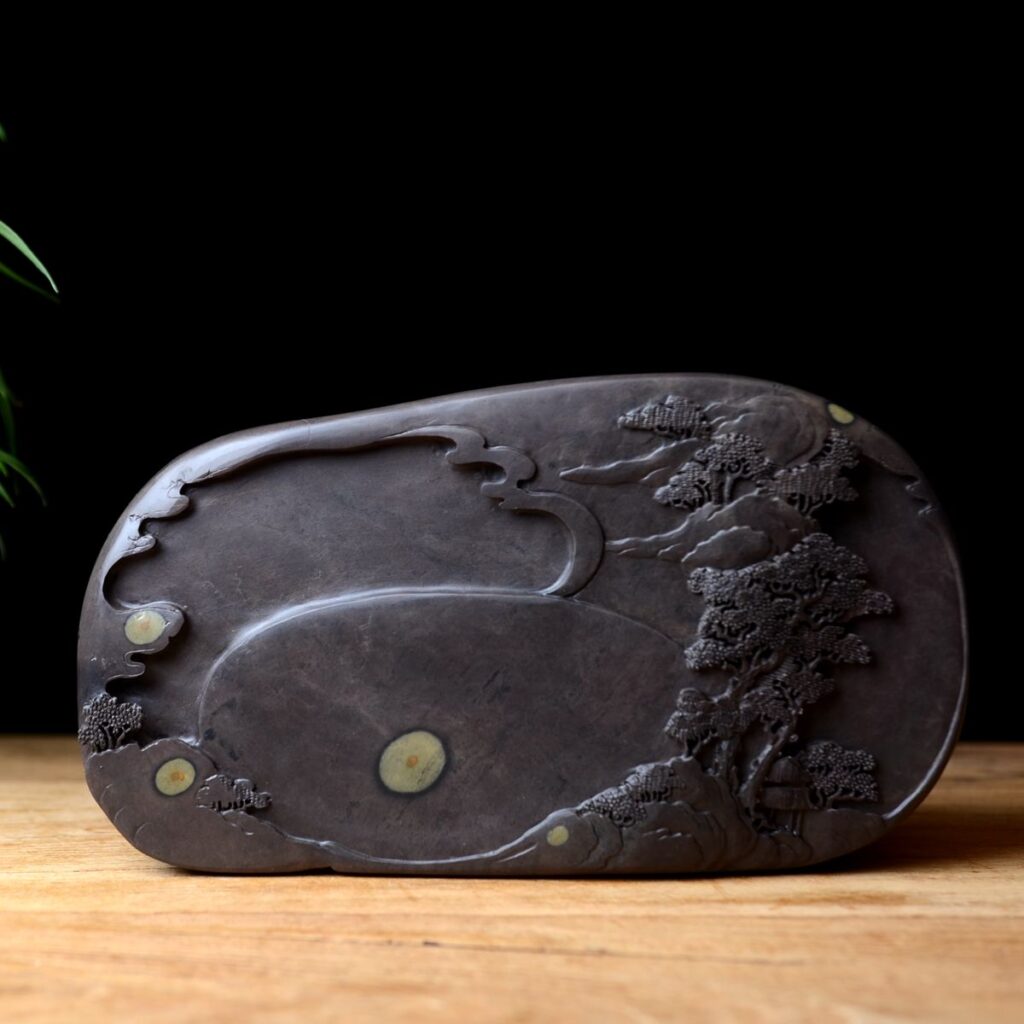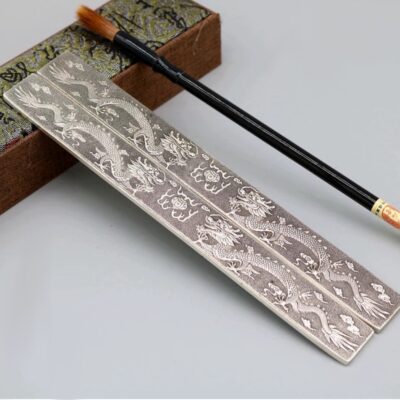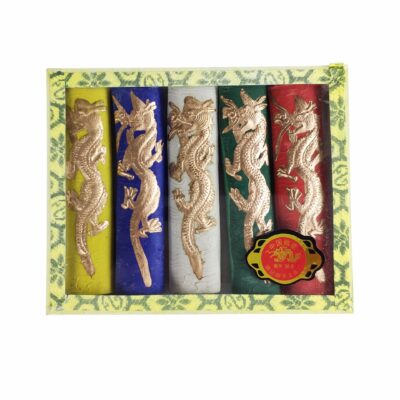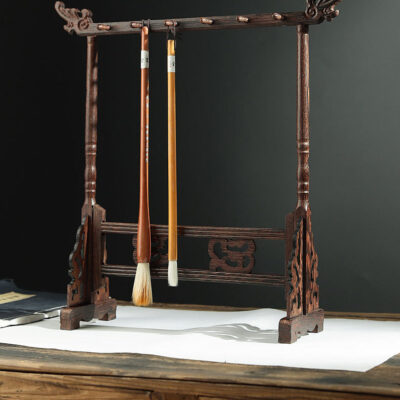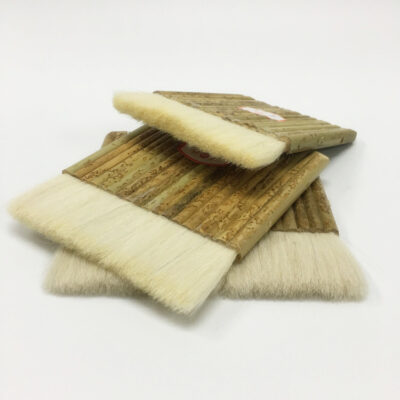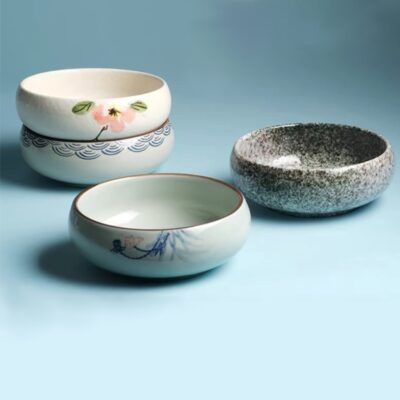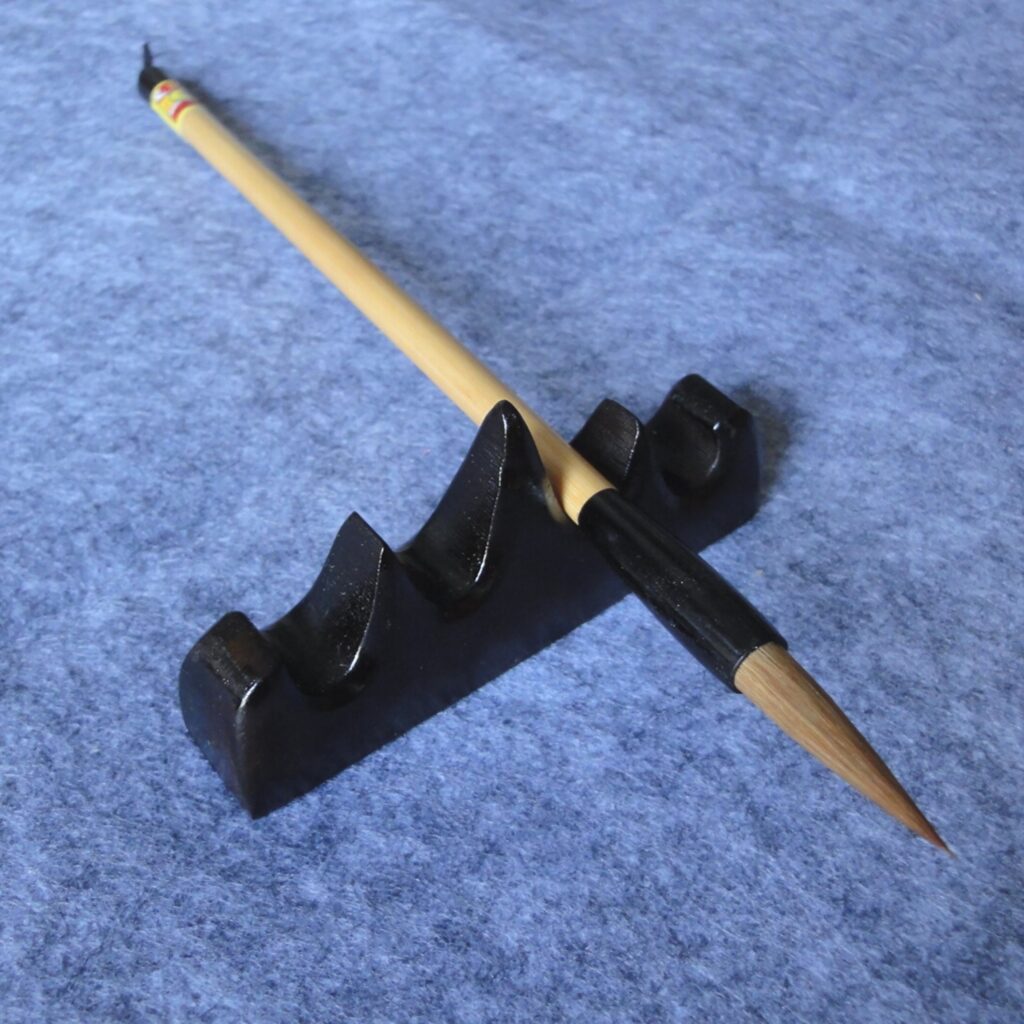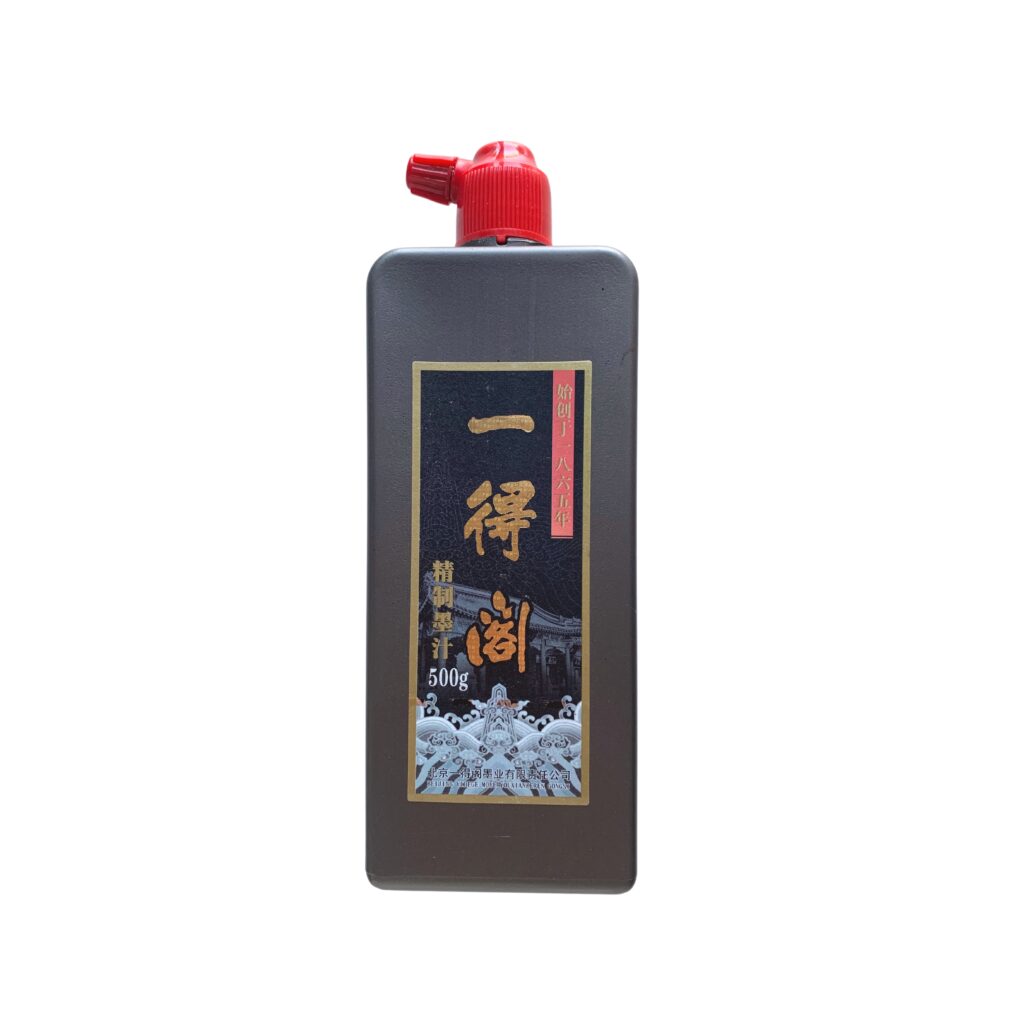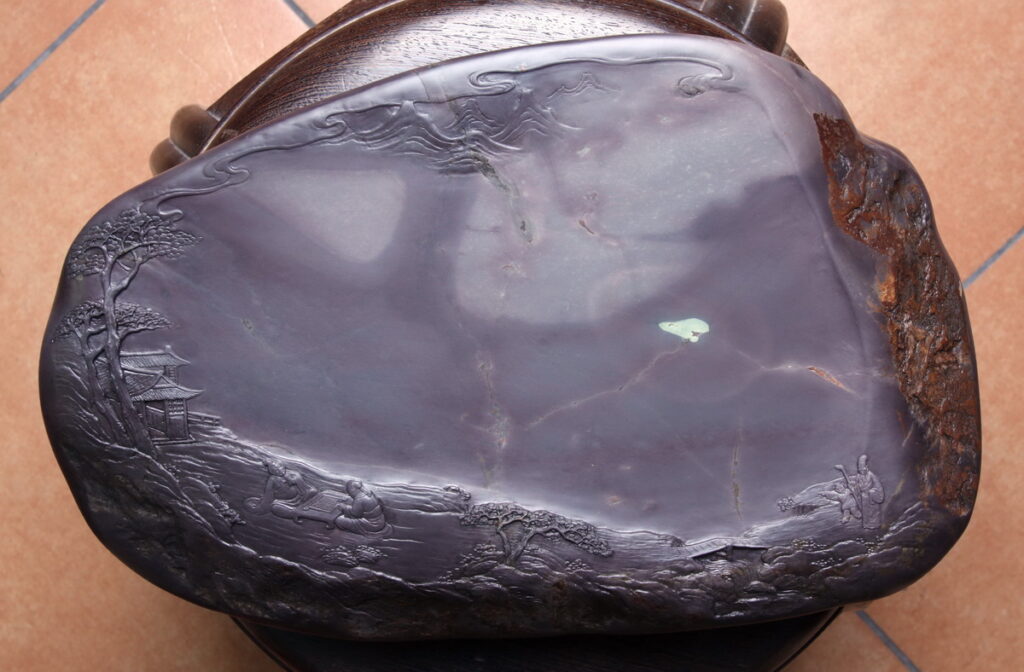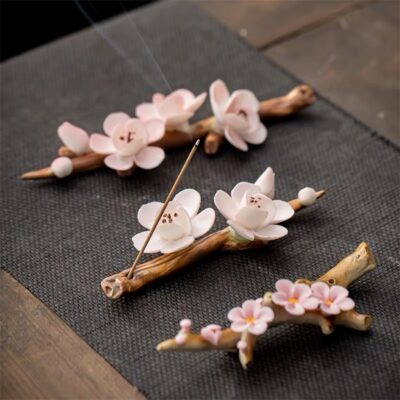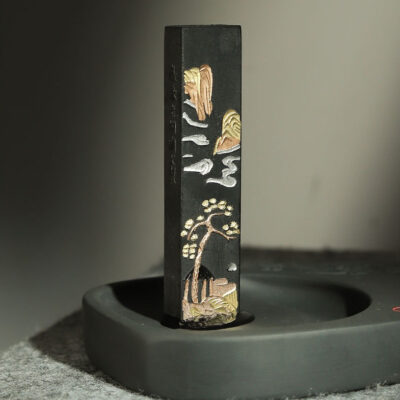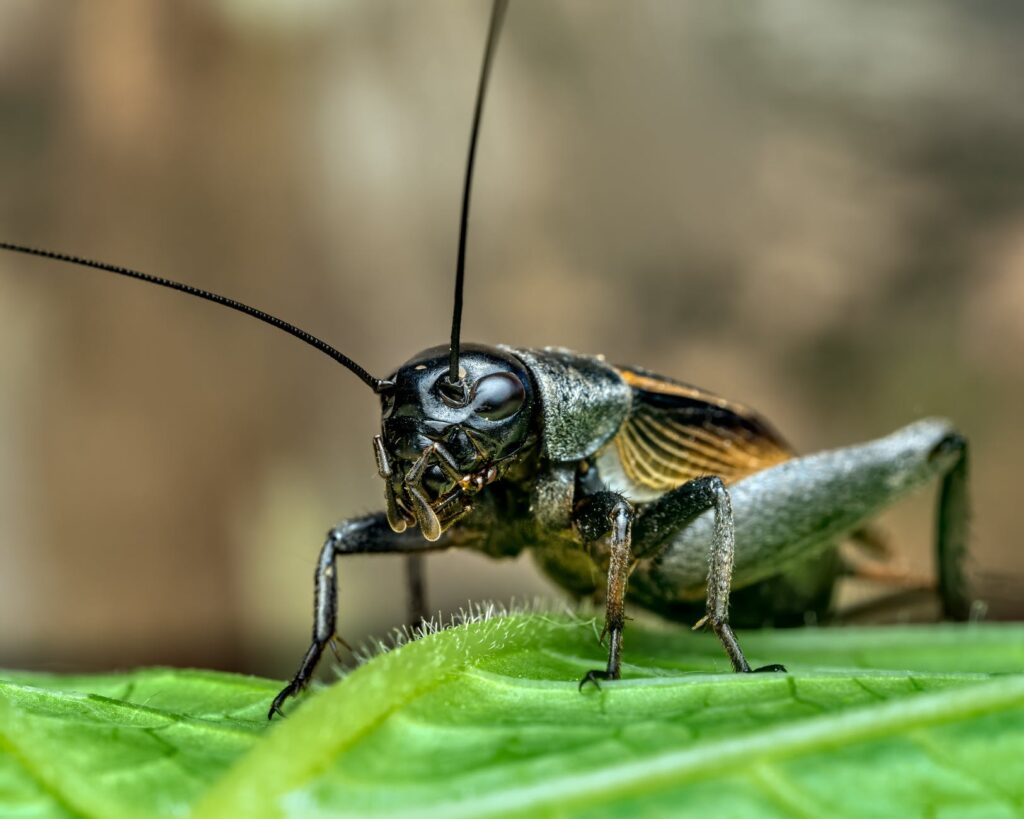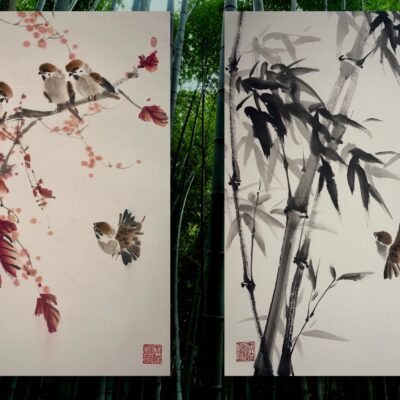Seals, a brief introduction
One of the most crucial yet negligible aspect of the artistic creation is adding seals. Seals are these stamps that appear in various places on the surface of an artwork that provide additional information of the author: the name, the personal value, the motivation, the goal, the desire, etc. Such information could also extend to the name of the artist’s study or atelier, or even an image of an animal or of buddha. These seals are usually carved on beautiful stones, but at times the seal material can also be wood or metal. Today let us learn about these beautiful seals.

China is known for its techniques of carving images and texts in stones since a very long time ago. Seal specifically was believed to have stepped onto the historical stage in the Shang Dynasty (1600BC-1064BC), an ancient period that had recordings in terms of words. However, we could decide that by the Spring-Autumn period (770BC-476BC) at the very latest the seals have already become popular. The rulers use seals to mark the authority of their ruling status, the governmental officials after leaving their post (for whatever reason, including death) also needed to hand in their seals. Seals that appear on the objects, such as pots or coins, prove the authenticity of said object, giving it a certain level of recognition and trustworthiness. Therefore the names or markings of certain craftsmen usually weight a great deal. So in this sense, the seals not only bear the authority and status, they have also long been used as a watermark on pieces of artworks.

Generally speaking, we can classify the seals by their use: official or private seal. The official seals include the seals that represent the national authority are usually larger, they are square, they by the look already demonstrate the level of authority and social status, and these seals often come with a knot on top (called the “nose” knot), such as in the photo above. The private seals are composed of the name seals and leisure ones. The names ones are easy to understand, after signing your artworks, seal it, make it more official and complete; the leisure ones are to add more fun to the artworks, providing balance and color, in a way decorating the artworks.

Many artists carve their own seals, but seal making is a craftsmanship that is not to be taken lightly. The handmade cuts made by a knife differ quite a lot from the lines created by machines, and good handmade cuts require angles and depth, even the uneven edges tell a story. There are many styles of seal to choose from, the ancient philosophy of Yin-Yang is expressed perfectly within these few centimeters.

Remember the blog on ink stones? The selection of the stones suitable for making ink stone is very strict, it is similar but less rigid for seal carving – not all stones are great. The most expensive seal stone materials (a small block of rock, perhaps with some carvings on top) could worth thousands. The writings on a leisure seal could be something motivating, something that represents your personal values, or some poem that you love dearly. Therefore seals make great gifts too, because your blessing can all be expressed on the surface of a beautiful eternal stone!
In the next post we will talk about how to use seals on an artwork, so stay tuned!
Enjoy such cultural discussions? Have comments? I look forward to hearing from you!
Related Products From Our Shop
-
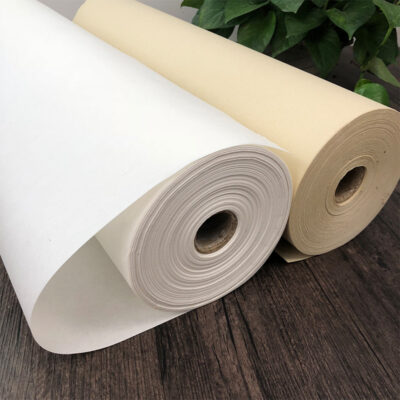 100m Rice Paper Roll
100m Rice Paper Roll -
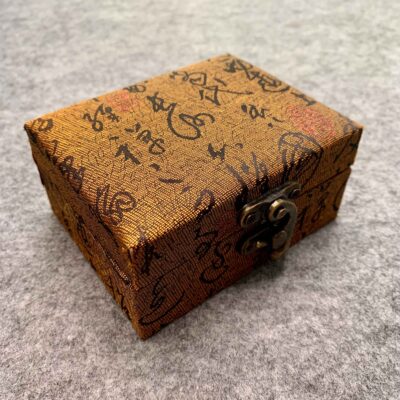 Brocade Box for Seals
Brocade Box for Seals -
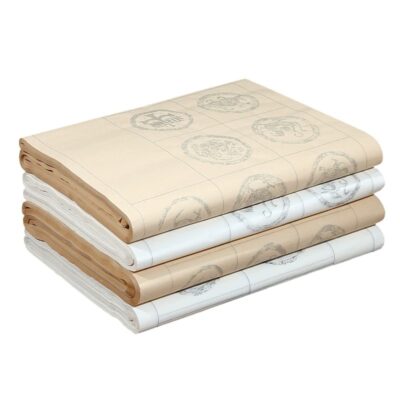 Calligraphy Rice Paper for Poem (with Grids)
Calligraphy Rice Paper for Poem (with Grids) -
 Cloud Dragon High Fiber Rice Paper
Cloud Dragon High Fiber Rice Paper -
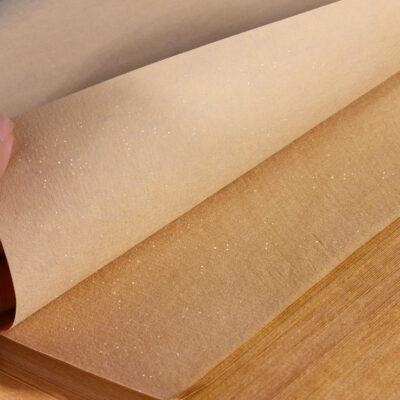 Colored Ripe Rice Paper with Pearly Sparkles
Colored Ripe Rice Paper with Pearly Sparkles -
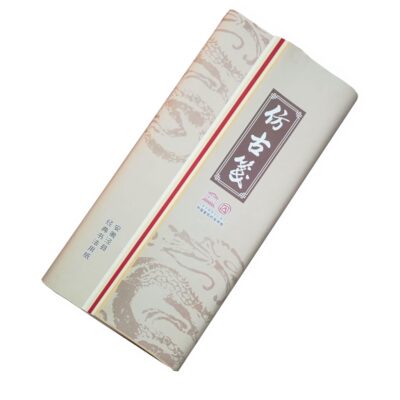 Half-Raw 5 Colored Rice Paper Pack
Half-Raw 5 Colored Rice Paper Pack -
 Hand-Carved Customise Seal, Name Seal
Hand-Carved Customise Seal, Name Seal -
 Hand-Carved Seal, Leisure Seal
Hand-Carved Seal, Leisure Seal -
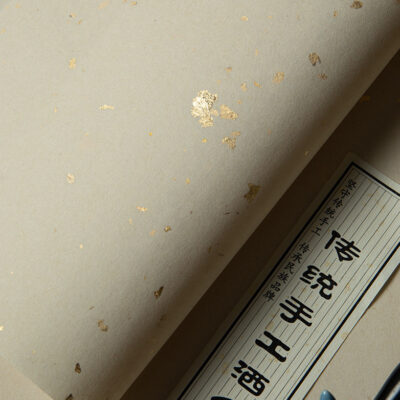 Light Brown Rice Paper with Golden Sparkles
Light Brown Rice Paper with Golden Sparkles -
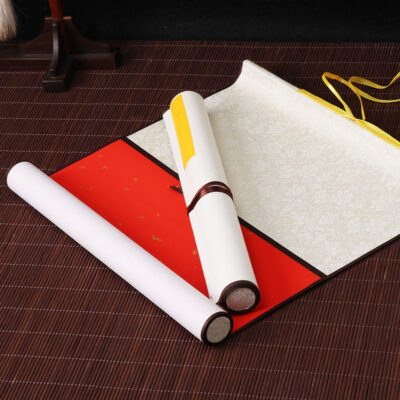 Pre-Mounted Rice Paper Scroll
Pre-Mounted Rice Paper Scroll
Buy Artworks | Learn Brush Painting | Learn Chinese Calligraphy
Seals, a brief introduction Read More »





